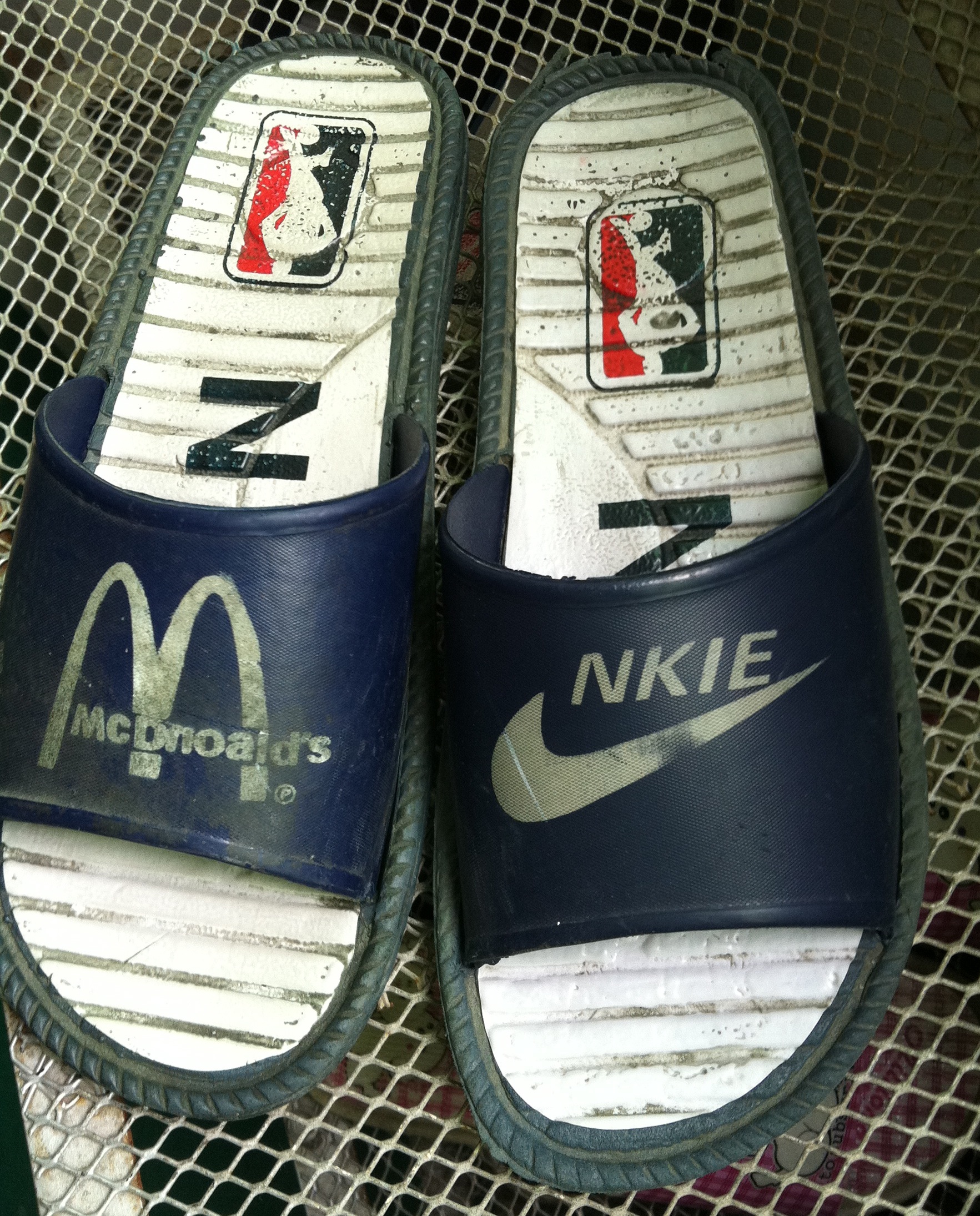Copywriting 101
- Course Introduction
- Understanding Your Audience
- Writing Effective Headlines and Taglines
- Crafting Persuasive Body Copy
- Writing for Different Mediums
- SEO and Content Marketing Writing
- Legal and Ethical Considerations
- The Revision Process
- Building a Portfolio
- Real-world Applications
- Integration and Application (Extra time for Project Completion)
Legal and Ethical Considerations
Understanding Copyright Laws and Intellectual Property Rights in Copywriting

Ownership of ideas and processes.
In the world of copywriting, understanding copyright laws and intellectual property rights is crucial. This knowledge not only protects your own work but also ensures you respect the work of others.
What is Copyright?
Copyright is a legal term used to describe the rights that creators have over their literary and artistic works. These works range from books, music, paintings, sculpture, and films, to computer programs, databases, advertisements, maps, and technical drawings. In the context of copywriting, any original content you create is automatically protected by copyright law. This means that others cannot use your work without your explicit permission.
The Difference Between Copyright, Trademarks, and Patents
While copyright is a form of intellectual property law, it's not the only one. Trademarks and patents are also forms of intellectual property but serve different purposes:
- Trademarks protect brand names and logos. For example, the Nike swoosh and the phrase "Just Do It" are both protected by trademark law.
- Patents protect inventions. If you invent a new kind of vacuum cleaner, you would apply for a patent to protect your invention.
Protecting Your Work and Respecting Others' Intellectual Property
As a copywriter, it's important to understand how to protect your own work and respect the work of others. Here are some tips:
- Register your work: While your work is automatically protected by copyright law, registering your work with the copyright office in your country provides a public record of your copyright claim.
- Use copyright notices: A copyright notice (©) informs others that your work is protected. While not required, it can deter unauthorized use of your work.
- Ask for permission: If you want to use someone else's copyrighted work, you must get their permission. This often involves paying a licensing fee.
- Use Creative Commons: Creative Commons is a non-profit organization that provides free licenses for creators to use when sharing their work. These licenses allow others to use your work under certain conditions and offer a way to legally share creative work.
Case Studies of Copyright Infringement in Copywriting
Understanding copyright infringement is crucial for any copywriter. Infringement occurs when copyrighted work is used without permission, infringing certain rights of the copyright holder, such as the right to reproduce or perform the copyrighted work, or to make derivative works.
For example, in 2017, a famous case involved the estate of Marvin Gaye and Robin Thicke's hit song "Blurred Lines". The court ruled that Thicke and his co-writers had infringed on Gaye's song "Got to Give It Up", leading to a $5.3 million settlement.
In the world of copywriting, a similar case occurred when a copywriter used a portion of another writer's work in an advertisement without permission. The original writer sued for copyright infringement and won.
Understanding copyright laws and intellectual property rights is not just about avoiding legal trouble. It's about respecting the work of others and fostering creativity. As a copywriter, it's your responsibility to uphold these principles in all the work you do.